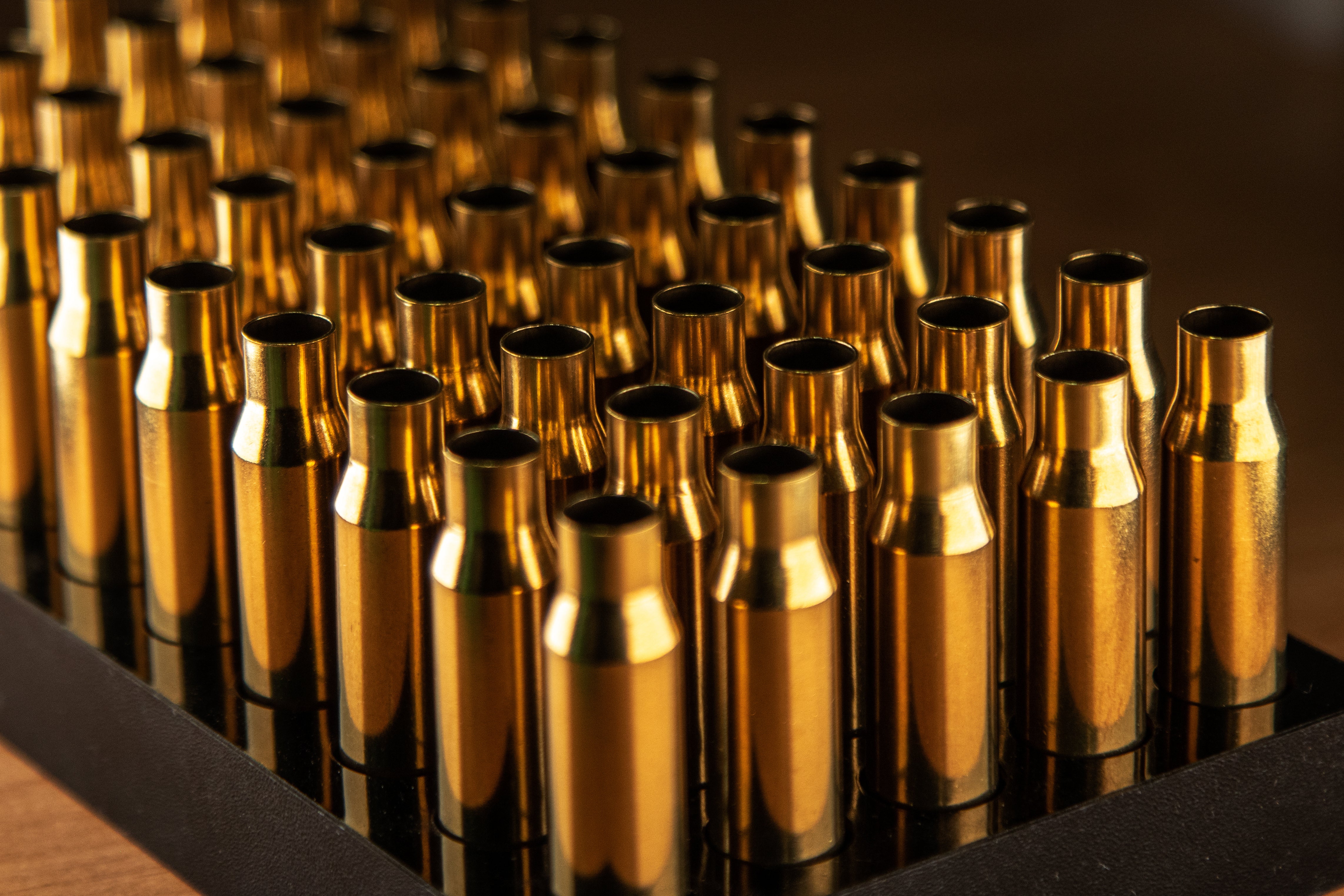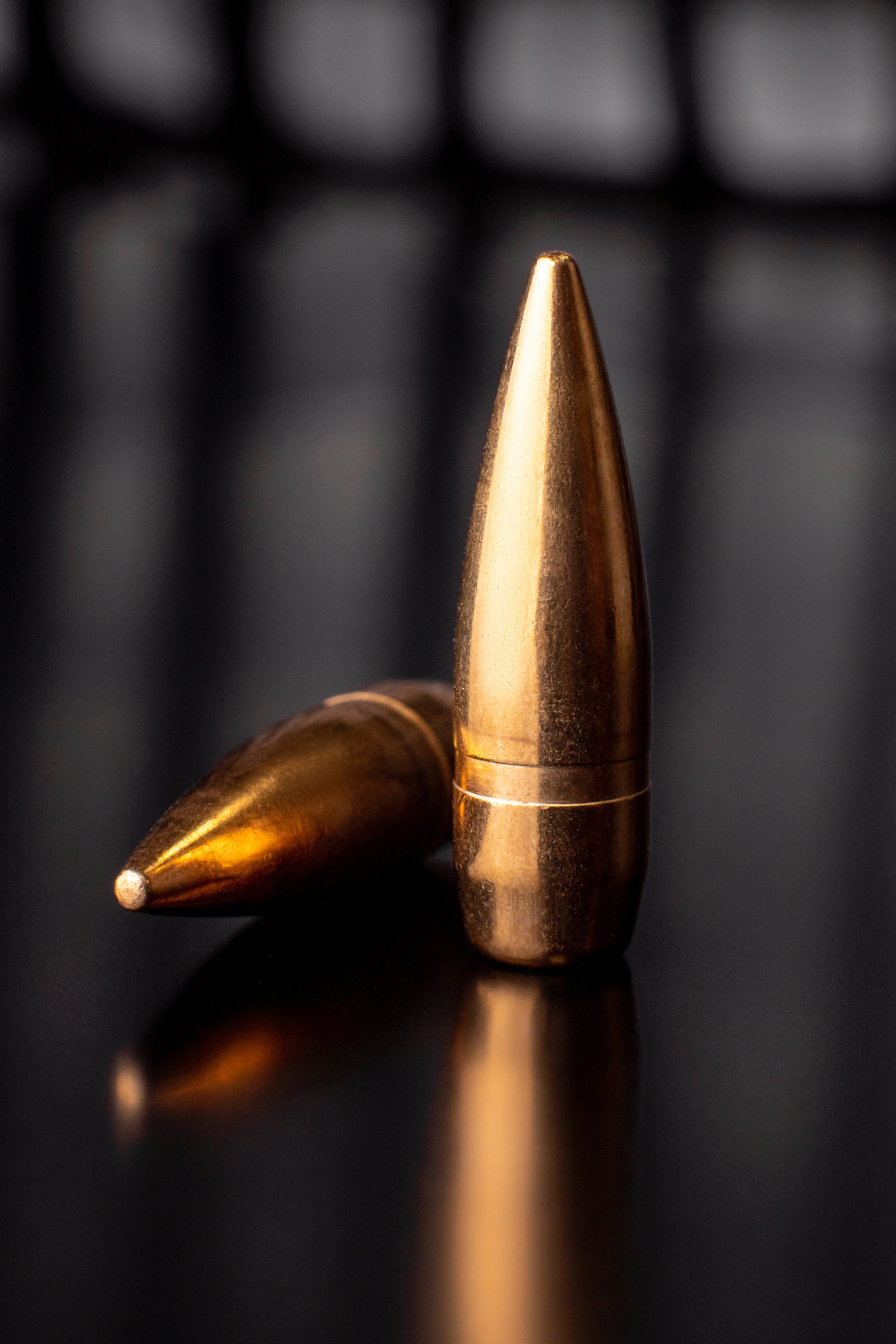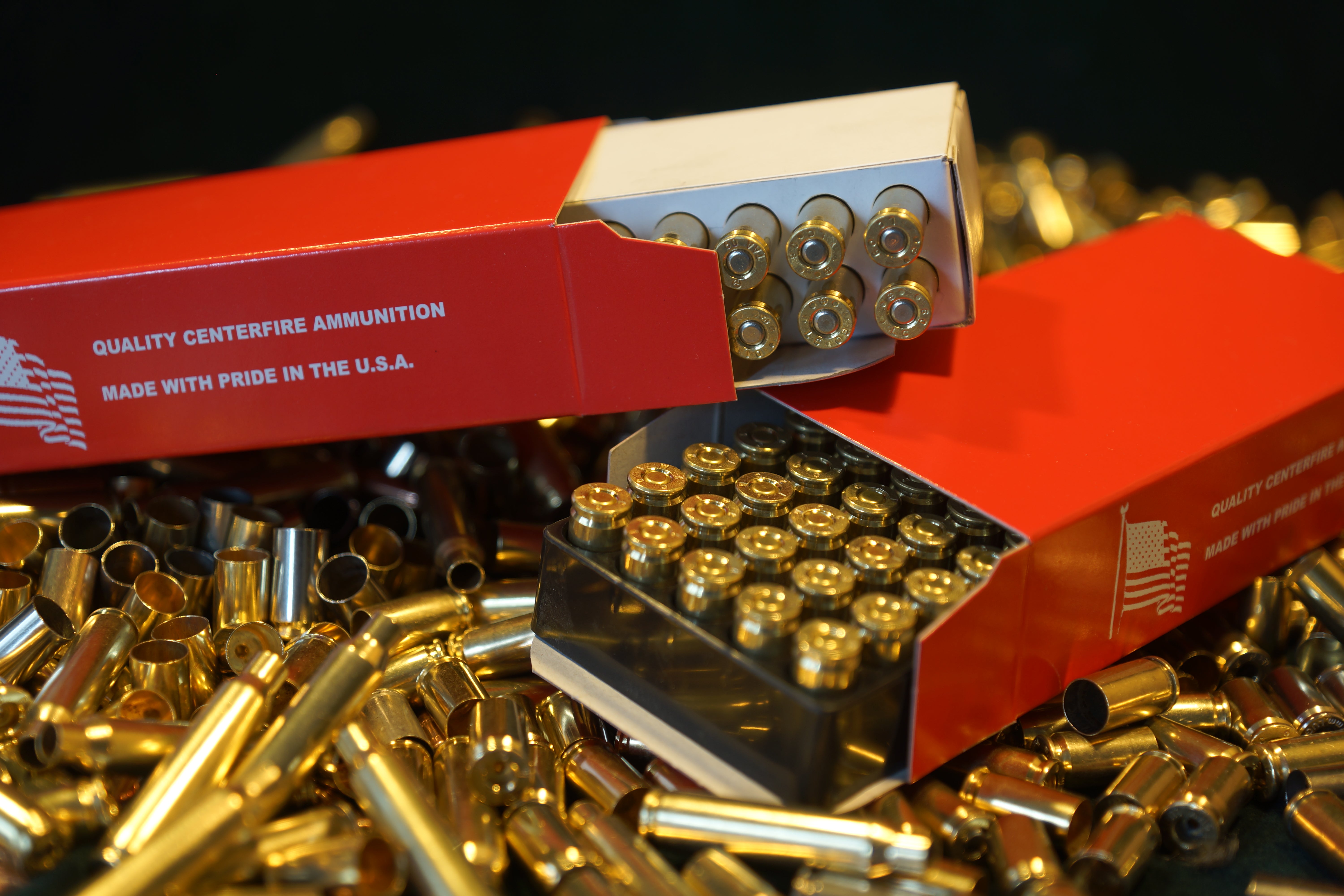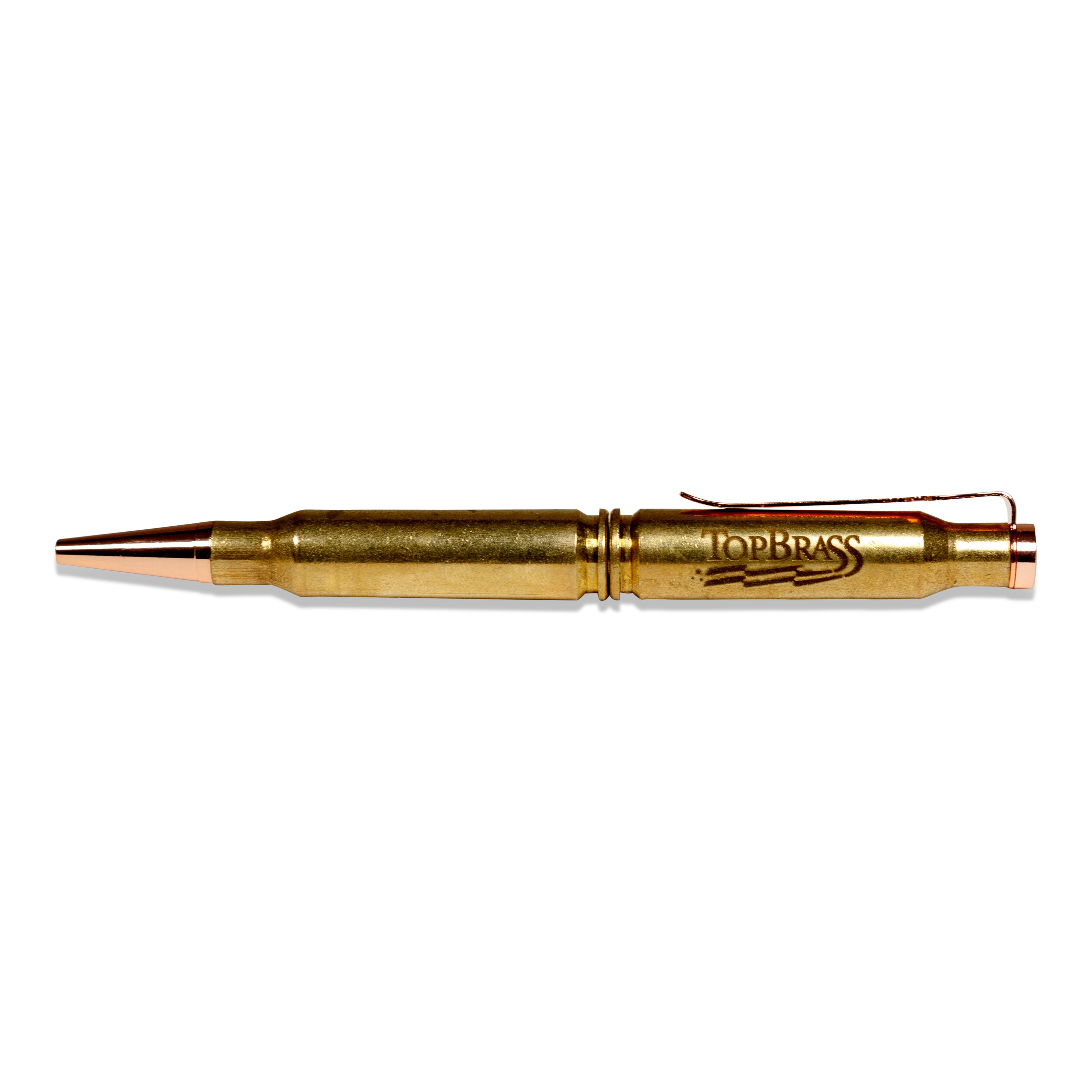Menu
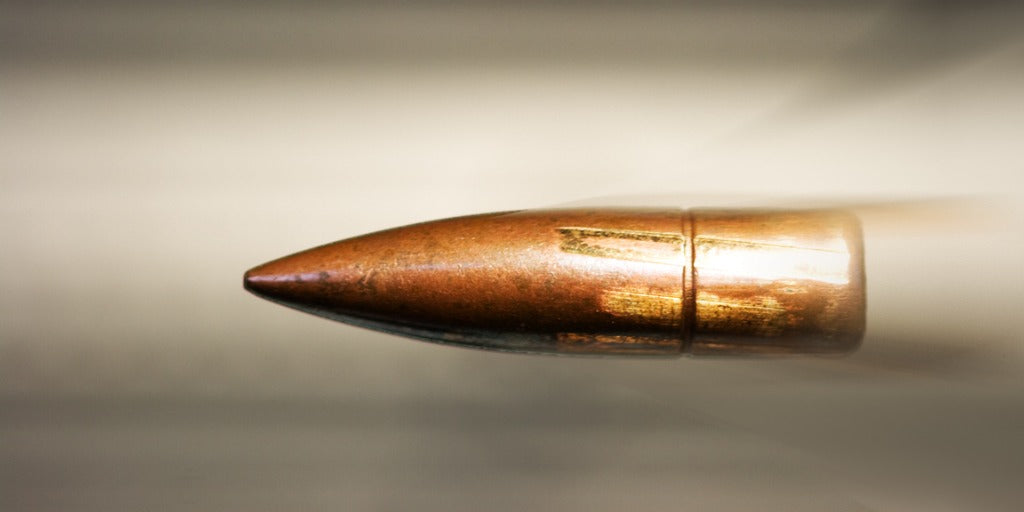
How Fast Is a Speeding Bullet?
We all know that Superman is faster than a speeding bullet…but, how fast is that? Well, it depends. We all know that bullets start out fast and begin to slow down (and stop). Throughout its travels, however, bullets go through some important velocity benchmarks that are worth knowing. Perhaps these benchmarks will further explain Superman’s powers.
The term, ‘ballistics’ is used for the study of bullets in flight. As mentioned above, a bullet’s speed and directional course change during flight. For practical purposes, whether engaged in competitive shooting, long-range shooting, recreational target shooting, hunting, or even self-defense, it’s good to understand what your bullet is doing, and when it’s doing it.
GENERAL BULLET SPEED
How fast does a bullet go? It depends on the caliber of the firearm, as well as barrel length, weight of bullet, powder-load, and many other factors. The velocity of a bullet is measured in feet-per-second (FPS). For a quick example, your average 308WIN, with a bullet weight of 150 grains, will have a muzzle velocity of around 2,800 FPS. That’s a quarter of a mile in less than one-half second!
Comparing a pistol to a rifle, a 9mm will average around 1,500 FPS at muzzle velocity. Putting this into layman’s terms, that’s over 1,000 miles per hour! Very fast, with a tremendous amount of kinetic energy being exerted when it leaves the barrel.
MUZZLE VELOCITY
Note that the above speed measurements were at ‘Muzzle Velocity.’ Because in-flight bullets encounter resistance from many variables; such as wind, air temperature, humidity, gravity, and many more (collectively referred to as ‘ballistic coefficients’); the velocity of a bullet is typically measured as it leaves the barrel. This is known as muzzle velocity, and is the fastest speed the bullet will be as it travels throughout its flight. This measurement is especially important to understand as it eliminates the various forces that will ultimately affect the bullet in its near future. The bullet only accelerates when inside the barrel. Once it leaves the barrel, the pressure pushing the projectile turns to zero. Thus, understanding a firearm’s muzzle velocity in association with its ammunition makeup IS understanding the firearm and its capabilities. 
The variances in ammunition makeup (within a chosen caliber) are primarily from the following:
- Weight of Bullet (grains)
- Type / Shape of Bullet (lead, FMJ, plated, bull-nose, hollow point, boat-tail, armor-piercing, etc.)
- Powder Type and Powder Load
SUPERSONIC VELOCITY
When discussing bullet velocities, it is important to point out that supersonic speeds offer advantages when considering the application of the firearm. Supersonic speed is simply that which exceeds the speed of sound. Remember, sound travels at different speeds in different air temperatures. Within an average ambient temperature, the rule of thumb is approximately 750 miles per hour…or, about one mile every 5 seconds. Because supersonic bullet speeds exceed that of sound, it’s worthy to note that the bullet, while traveling downrange, will make a resounding ‘crack’ from the shockwave.
The advantages of using supersonic ammunition are:
- Higher Velocity (on target faster)
- Extended Range
- Flatter Trajectory of Bullet
- More Stopping Power (kinetic energy transfer)
SUBSONIC VELOCITY
The simple advantage of using subsonic ammunition is that it works much better when using suppressors. Because the bullet is not traveling beyond the speed of sound, it avoids the shockwave report (or, ‘crack’) that results with supersonic speeds.
The other advantage of using subsonic ammunition is really due to necessity. When using larger grain bullets in smaller caliber firearms (i.e., self-defense), it’s difficult to attain supersonic levels. Nevertheless, the larger (but slower) bullet can usually be made to match the kinetic energy transfer that comes from supersonic loads. In other words, similar stopping power can be attained.
SUPERSONIC VELOCITY to SUBSONIC VELOCITY
For long-range shooting, bullet velocity can drop from supersonic to subsonic during flight. When this happens, the bullet can lose stability in flight – especially if the bullet was less than stable before going ‘transonic.’ Such instability may appear via a change in spin, trajectory, range or, worse yet, a physical ‘tumble’ of the projectile itself. All can and will result in loss of accuracy.
As most long-range shooters know, corrections made to the firearm (improved concentricity between the chamber and the mouth of the barrel bore), as well as the ammunition (concentricity of the bullet jacket or less deforming bullet jacket materials) can limit this instability. Additional measures; such as adjusted twist rate (faster twist rate can improve gyroscopic stability of projectile during flight), as well as bullet shape and bullet weight distribution; can limit instability. Therefore, the initial stability of the supersonic bullet is key to limiting any ‘transonic’ issues that might develop.
TERMINAL VELOCITY
After a bullet’s propellant force has expired, the projectile will begin to fall. Terminal velocity is achieved when its mass equals the air resistance (counter force) and it descends without further thrust. Whether the bullet was originally fired from a gun, or simply dropped from the top of a building, the terminal velocity of the bullet will equal the same speed. Beyond this thought, however, is the lethal impact of the bullet. When hunting game, this terminal velocity becomes very important. As bullets descend, they still need to possess a terminal velocity that matches a lethal velocity. Bullets of different sizes and weights will possess different lethal velocities. Kinetic energy transfer and the ability to penetrate are the primary factors for effective lethal velocity. Bullet shapes and features (i.e., hollow points, etc.) will also assist in kinetic energy transfer and shrapnel spray.
So, how fast is Superman? I think we can conclude that he possesses both muzzle velocity and lethal velocity. Now, what about Superman’s strength? I think I recall a locomotive being mentioned.
- Choosing a selection results in a full page refresh.

